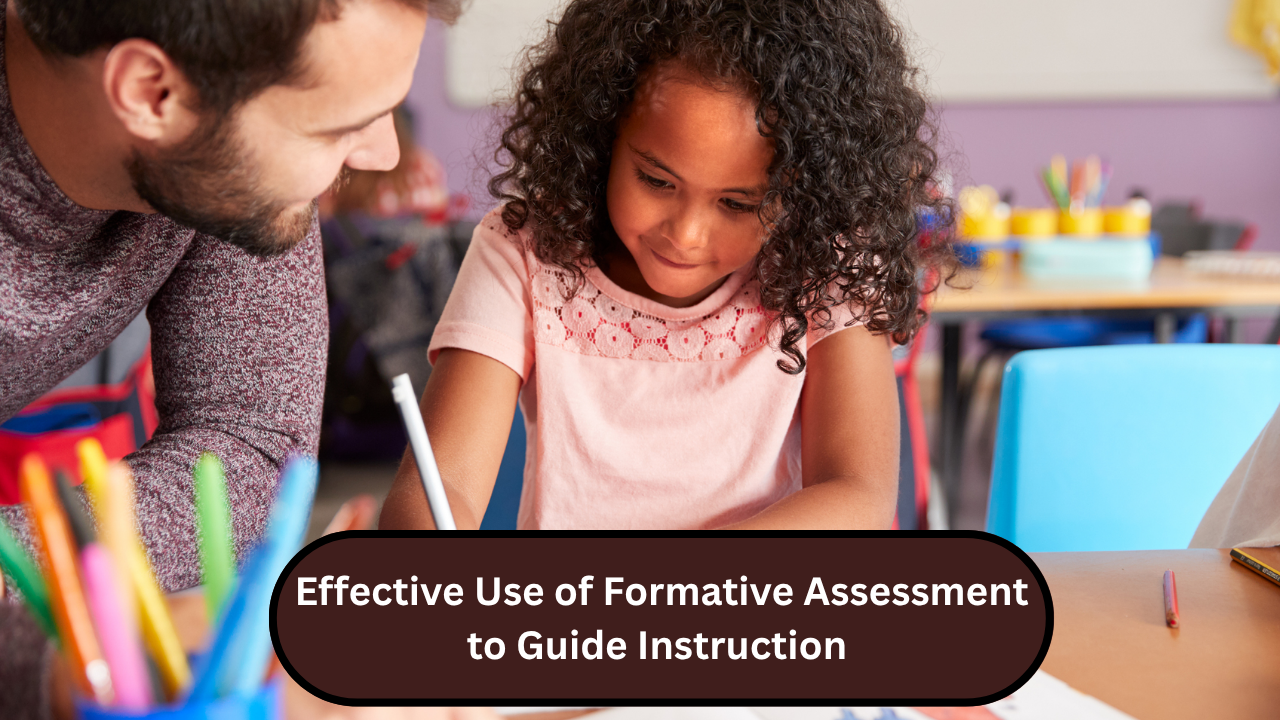Formative assessment is a powerful tool that helps teachers understand what students know, what they are struggling with, and how to adjust their teaching methods in real-time. Unlike final exams or standardized tests, formative assessments happen during the learning process. They allow teachers to collect useful feedback and guide instruction based on students’ current needs. When used effectively, formative assessment supports better learning outcomes, stronger classroom relationships, and a more personalized approach to education.
Using formative assessment to check understanding during lessons
One of the most effective ways to use formative assessment is during the actual lesson. Teachers can ask quick questions, use exit slips, conduct polls, or observe student behavior to see how well the class understands a topic. These strategies give teachers instant feedback. For example, if most students answer a question incorrectly, the teacher knows it’s time to reteach that concept.
On the other hand, if students perform well, the teacher can move on confidently. These small, informal checks are easy to use and can make a big difference in keeping all students on track.
Adapting instruction based on formative assessment results
After gathering information through formative assessment, teachers can adapt their instruction to meet student needs. This could include changing the pace of the lesson, using different teaching methods, or giving extra support to students who need it. For instance, if a formative quiz shows that only half the class understands fractions, the teacher might form small groups and provide extra practice for those who need it.
By using formative data to guide planning, instruction becomes more targeted and meaningful for every student.
Formative assessment is not just about checking boxes or collecting data—it’s about understanding learners and responding in ways that help them succeed. When used thoughtfully, formative assessments guide instruction, identify learning gaps, and promote student growth. Teachers who regularly use these tools create a more supportive and responsive classroom environment. In the long run, this leads to better student engagement, improved outcomes, and a deeper connection between teaching and learning.
FAQ’s:
Q1. What is the difference between formative and summative assessment?
Formative assessment happens during the learning process and helps guide teaching, while summative assessment measures learning at the end of a unit or course, like final exams.
Q2. Can formative assessment be informal?
Yes, it can be as simple as a teacher asking a question, using a thumbs-up/thumbs-down activity, or having students write down what they learned before leaving class.
Q3. How often should teachers use formative assessments?
Formative assessments can be used daily or weekly. The goal is to gather regular feedback that helps adjust teaching and support students in real time.
Q4. Do formative assessments have to be graded?
No, most formative assessments are not graded. They are used mainly for feedback purposes and to help both teachers and students improve learning.
Q5. How can technology support formative assessment?
Tools like Google Forms, Kahoot, Padlet, and Exit Ticket apps can make it easier for teachers to collect quick feedback and track student progress.
